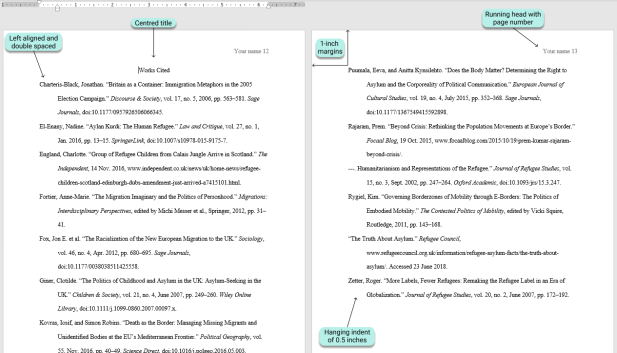Breaking the Mold: Changing Course and Challenging Convention
Hello, dear friend, you can consult us at any time if you have any questions, add WeChat: daixieit
Breaking the Mold: Changing Course and Challenging Convention
Artists continually create new ideas and challenge convention that then become recognizable dance genres. This process continually turns over as later generations form and present their own ideas. Ballet often deals with controversial topics such as relationships, passions, sexuality, but also political or other social issues that address the people. These controversies that occur an art can be perceived differently depending on the political situation and the country development, as well as the setting of an individual´s morality.
Artists offer their own unique perspectives and important ideas that provide a vehicle for social change that transcends words. For this assignment, you will select a ballet selection (list provided) and respond with a professional paper. Please note the percentage for each heading to understand the grading of the paper.
DIRECTIONS
1. Introductory Paragraph (10%)
· Write an introductory paragraph that introduces your research in an engaging way. Make sure and include the dance titles (should be italicized), the choreographer’s names, the composer’s name, date premiered, and the date of performance you viewed.
· After you refer to the choreographer(s) by their full name, you can then refer to them by last name only. It sounds more professional.
· Avoid statements like "I will be discussing…” or “For this assignment…”. This is redundant.
2. Describe (Body paragraphs) (30%)
· Use clear and detailed movement description to analyze & describe what you are seeing (please avoid dance terminology). Avoid the words ‘movement,’ ‘moved,’ and ‘danced,’ for they convey little detail. Think about how they are moving and the actions of the movement (i.e. the dancers transitioned through space and altered their spatial formations by running swiftly and rolling on the ground).
· For every descriptive action word (run, kick, leap, turn, fall, release, reach, etc.) there should be a corresponding descriptor (quickly, swiftly, slowly, easily, freely, urgently, fully, etc.).
· Note: Do not describe the entire dance. Rather, richly describe the pivotal moments in the dance that support your ideas.
· How do the costumes, music, lighting, and performance play into the presentation of this choreography?
3. Interpret/Make Connections (30%)
· Based on your readings, research, class lectures and discussions, what style of ballet is this?
· Which elements of the classical ballet tradition does the ballet work disregard?
· Which elements of the classical ballet tradition does the ballet work embrace?
· How do the elements that you observed and described lead you to a conclusion (or an educated guess) about the meaning of this choreography?
· Avoid evaluative statements ("I thought this piece was great because..." or “I didn’t like this piece because…”).
5. Concluding Paragraph (5%)
· Summarize the main points from the paper and leave the reader with a final impression.
6. The Paper (5%)
· Your paper must be at least 2 pages in length to provide substantive research and reflection.
· Make sure your writing exhibits proper grammar and spelling.
· MLA formatting: 1-inch margins, 12-point Times New Roman, left-aligned, double-spaced
· MLA heading follows the above formatting with the following information:

7. MLA In-Text Citations (5%)
· Place an in-text citation that matches the corresponding entry on your Works Cited page. Need help? Click here!
o When is this needed?
§ Whenever you make a full or partial quote.
§ When you paraphrase or summarize information.
§ When you introduce facts that you have found in a source.
§ When you introduce information that is not common knowledge.
o Basic examples:
§ Known author: use author/page number at end of sentence (Wordsworth 263)
§ Unknown author: use title at end of sentence ("Impact of Global Warming")
· Note: Papers without in-text citations could be penalized a point deduction range of 5 to 100 points, at the professor’s discretion.
8. MLA Works Cited Page (5%)
· Place at the end of your paper with each source you used to research.
· Need help? Click here!

· Check your plagiarism report through Turnitin by clicking on the highlighted percentage. Note: Papers without a Works Cited page could be penalized a point deduction range of 5 to 100 points, at the professor’s discretion.
4. Edit Your Paper (10%)
· Paper has an introduction, body, and conclusion.
· Writing exhibits proper grammar and spelling. Ask someone to proofread your paper before you submit it.
· Paper is at least 2 full pages and no more than 3.
· Times New Roman 12 point font, double-spaced, one-inch margins.
· Place the following single-spaced heading in the top left corner of your paper:
Your name
Instructor’s Name
DANC 1310
Date
2023-09-23